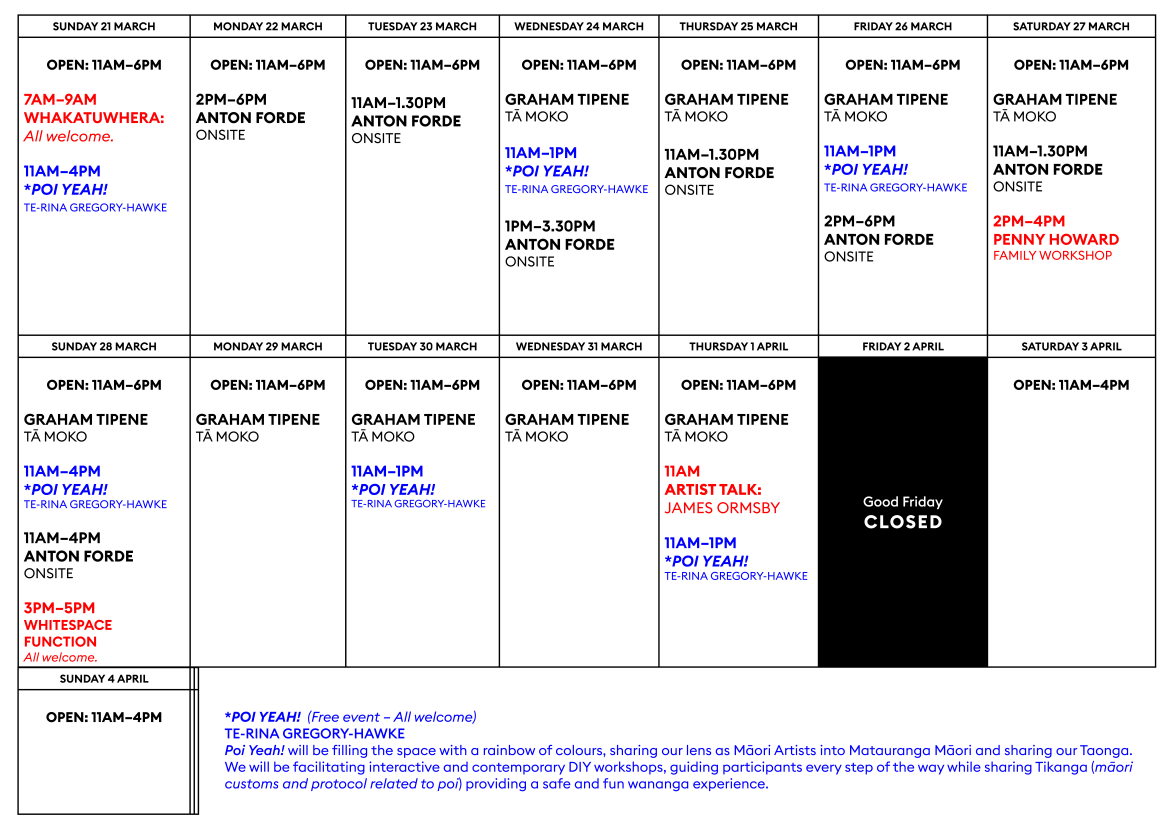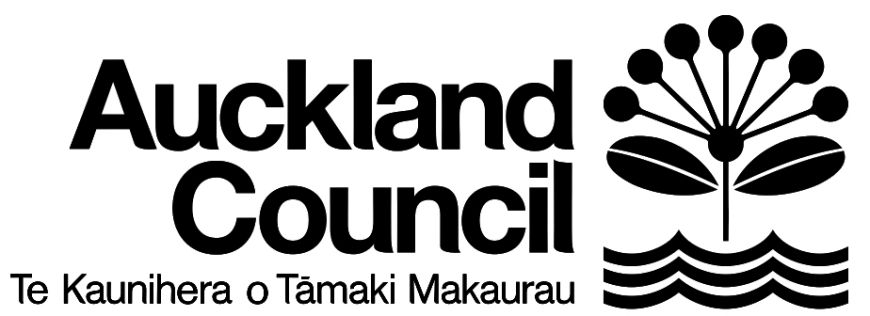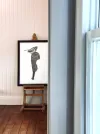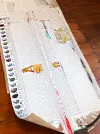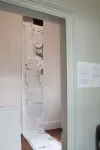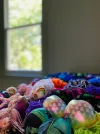21 MARCH–4 APRIL 2021
Open Daily: 11am–6pm
(closed Good Friday 2 April)
Location:
Keepers Cottage, Princes St,
Albert Park, Tāmaki Makaurau
Whakatuwhera:
Sun 21 March, 7am–9am
All welcome.
Whitespace function:
Sun 28 March, 3pm–5pm
All welcome.
Artists Include:
Anton Forde
Graham Tipene
James Ormsby
Ngahina Hohaia
Penny Howard
Te-Rina Gregory-Hawke
Tauira Māori ki Waipapa Taumata Rau
TE PUNA O WAIARIKI
THE SPRING OF WAIARIKI
The cottage built in 1882 in Gothic style was originally for Albert Park’s first keeper, this unique venue provides an opportunity for artists of Māori heritage to present work in Tāmakai Makaurau. The name of the exhibition links to an ancient spring that flows from this whenua tuku iho / historical area. This Puna was seen as a key water source over 100’s of years and is located 500 meters from the cottage. Both the Cottage and the Puna are historical monuments that link to pre-colonial settlement and post-colonial settlement.
Albert Park occupies much of the site of the Albert Barracks, one of Auckland’s early European military fortifications built on the site of the Te Horotiu Pa. Markers of colonial settlement fill the park, with historical monuments such as the statue of Queen Victoria, the ombu tree from Sir George Grey’s collection of exotic trees and cast iron fountain imported from Britain and many more.
Following concepts of mātaurange and tikanga Māori, collaborations between established artists and students working on-site and interacting with visitors to the cottage will be encouraged, with works on display available for purchase.
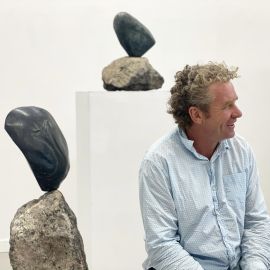
ANTON FORDE
Ngāti Ruanui, Gaelige, Gaelic, English
Waiheke-based sculptor Anton Forde, holds a Masters of Māori Visual Arts with First Class Honours from Toioho ki Āpiti/Massey University. His connection to the land, the majesty of nature, and a fascination with themes that are universal to ‘first nation’ cultures are the greatest influences on his work. Forde has since spent extended periods living in his Nanna’s (Taranaki - Ngati Ruanui - Iwi Taranaki) part of the country, with the majestic Maunga Taranaki ever-present, and in Ireland where he discovered ancient inspirational art themes. Forde has a number of significant public works in public and private collections both in New Zealand and overseas.
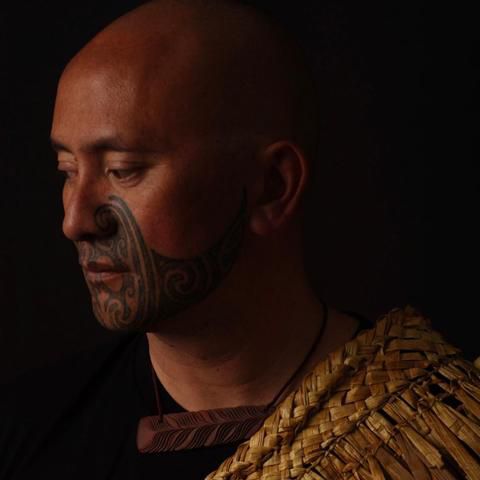
GRAHAM TIPENE
Ngāti Whātua, Ngāti Kahu, Ngāti Hine, Ngāti Haua, Ngāti Manu
Graham Tipene is an artist whose primary focus has been reviving the traditional practice of Tā Moko (Traditional Tattoo) within Ngāti Whatua. He has been involved as a consultant and key artist on civic and Council-led projects throughout Tāmaki Makaurau Auckland. His public work brings Māori kaupapa into the built environment of the city, with major projects including the Waterview tunnel, Victoria Park, Auckland Library, and Tirohanga Whānui Bridge in Albany.
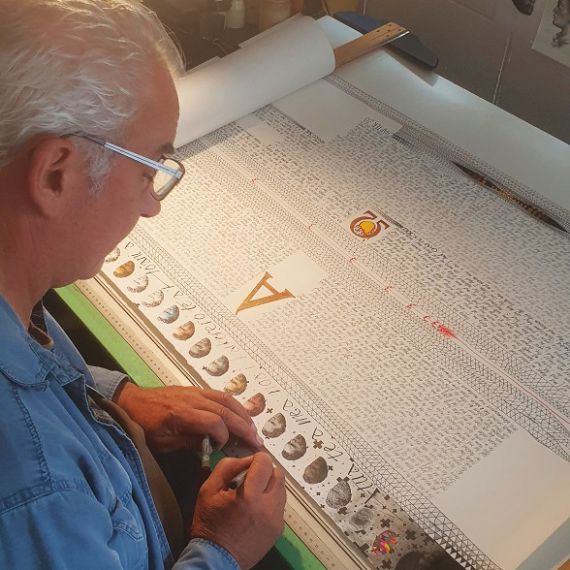
JAMES ORMSBY
Ngāti Maniapoto, Waikato, Te Arawa, Kātimana
James Ormsby is of Māori and Scottish heritage. He has Ngāti Maniapoto, Waikato, Te Arawa and Kātimana (Scottish) affiliations, and draws on all of these in his art practice. His sources are eclectic and his artwork is clearly bicultural, invariably making reference to his ancestry and to his Christian religion, both of which constantly influence and guide him. Throughout the process of developing and presenting his personal vision, in his art-led research Ormsby has investigated what his ancestors, both Māori whenua and Scottish, would have used to make their marks, the materials they had access to and the symbols they employed to communicate their message. From this knowledge base, Ormsby draws on sources that his forebears would be able to recognize and associate with. From this he has developed a distinctive personal vocabulary of visual symbols, techniques and materials.
He uses natural pigments, wax, inks and oils as well as graphite, and in combination with these he employs new technology in developing a distinctive visual language. Ormsby has a Masters of Fine Arts from RMIT (Royal Melbourne Institute of Technology University, Australia) and has work in collections of Te Papa Tongarewa, Auckland Art Gallery Toi o Tāmaki amongst many.
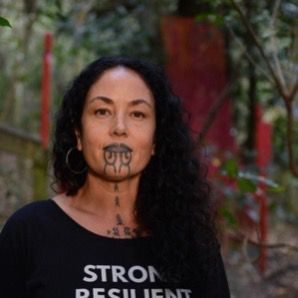
NGAHINA HOHAIA
Taranaki, Parihaka (Ngāti Moeahu, Ngāti Haupoto)
Ngahina Hohaia comes from a strong background in traditional weaving and fibre work (whatu taniko and raranga) within her whanau. Ngahina’s work has developed into contemporary sculpture using metals, woollen blankets and other sculptural forms. Her politically charged new mixed-media installation works explore a discourse of colonisation and cultural collision in Aotearoa New Zealand with a firm assertion of mana tangata whenua. Ngahina was the recipient New Generation Award, Arts Foundation NZ, she has exhibited widely internationally and nationally and has work in the permanent collections of many public galleries and private collections.
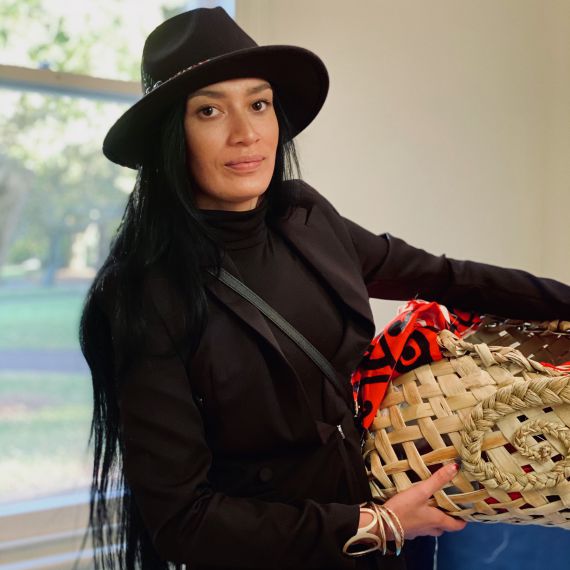
TE-RINA GREGORY-HAWKE
Ngāti Whātua
Poi Yeah! will be filling the space with a rainbow of colours, sharing our lens as Māori Artists into Matauranga Māori and sharing our Taonga. We will be facilitating interactive and contemporary DIY workshops, guiding participants every step of the way while sharing Tikanga (māori customs and protocol related to poi) providing a safe and fun wananga experience.
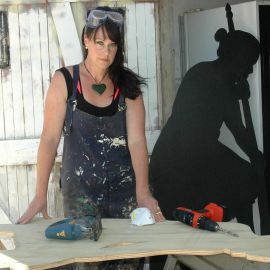
PENNY HOWARD
Te Mahurehure, Ngāpuhi
Penny artworks are an expression of the artist’s narratives of finding one’s cultural identity. Penny is of Maori (Te Mahurehure, Ngāpuhi) Irish and Scottish descent. Her works explore memories, stories, and longing of and for whanau, whakapapa and tūrangawaewae, within both her Māori and European ancestry. She questions what we have lost culturally through colonisation and pacific diaspora but also the connections that we can retrace and hold within ourselves to pass on to future generations. The red thread in Penny’s work represents I Nga Wa O Mua, the Māori world view to take the past with us into the future for guidance. Penny graduated with a Bachelor of Visual Arts in 1995. She has work in the permanent collections of the Wallace Arts Trust, Foundation North, Auckland Events Centre, the University of Auckland and in public and private collections across New Zealand, Australia, the UK, and China.

